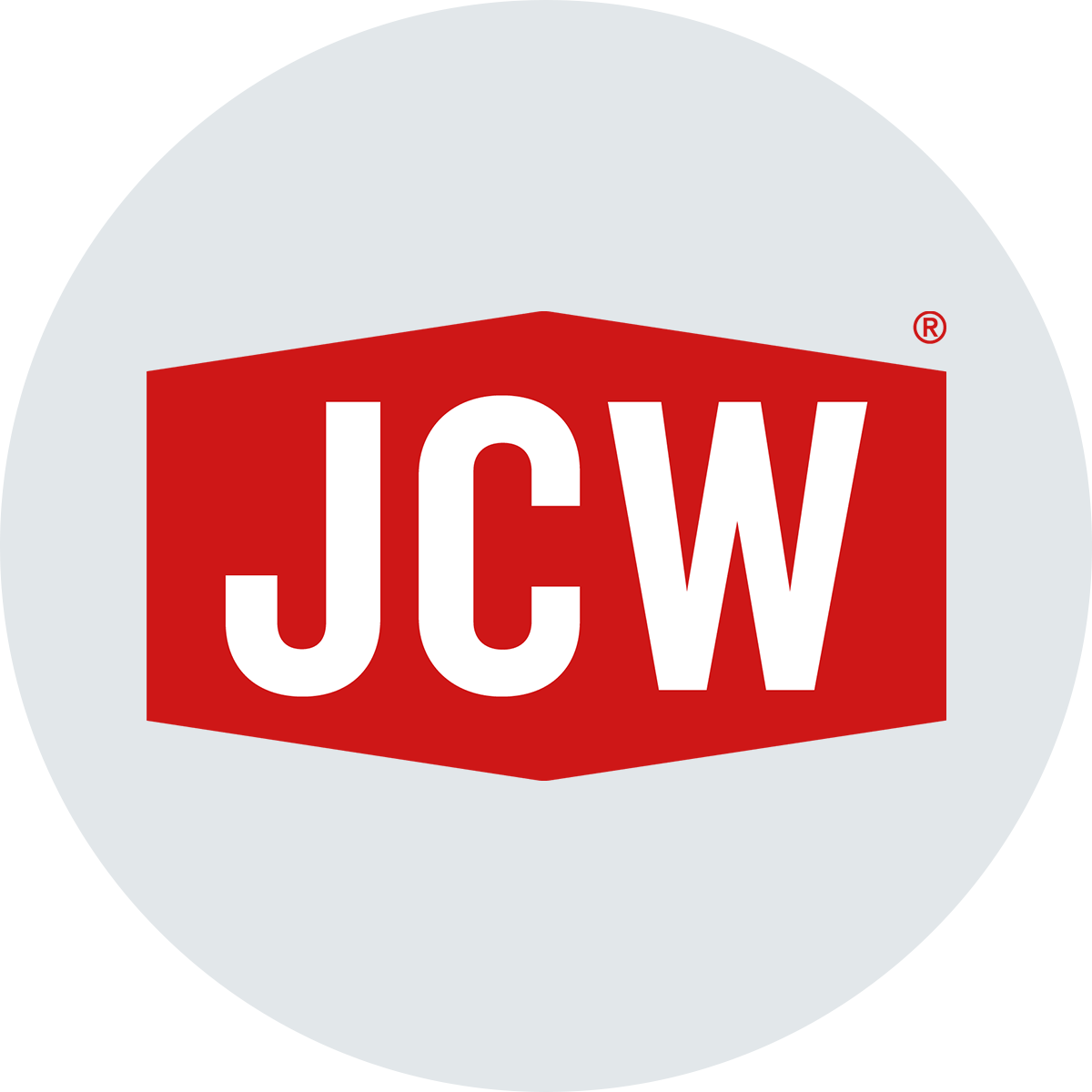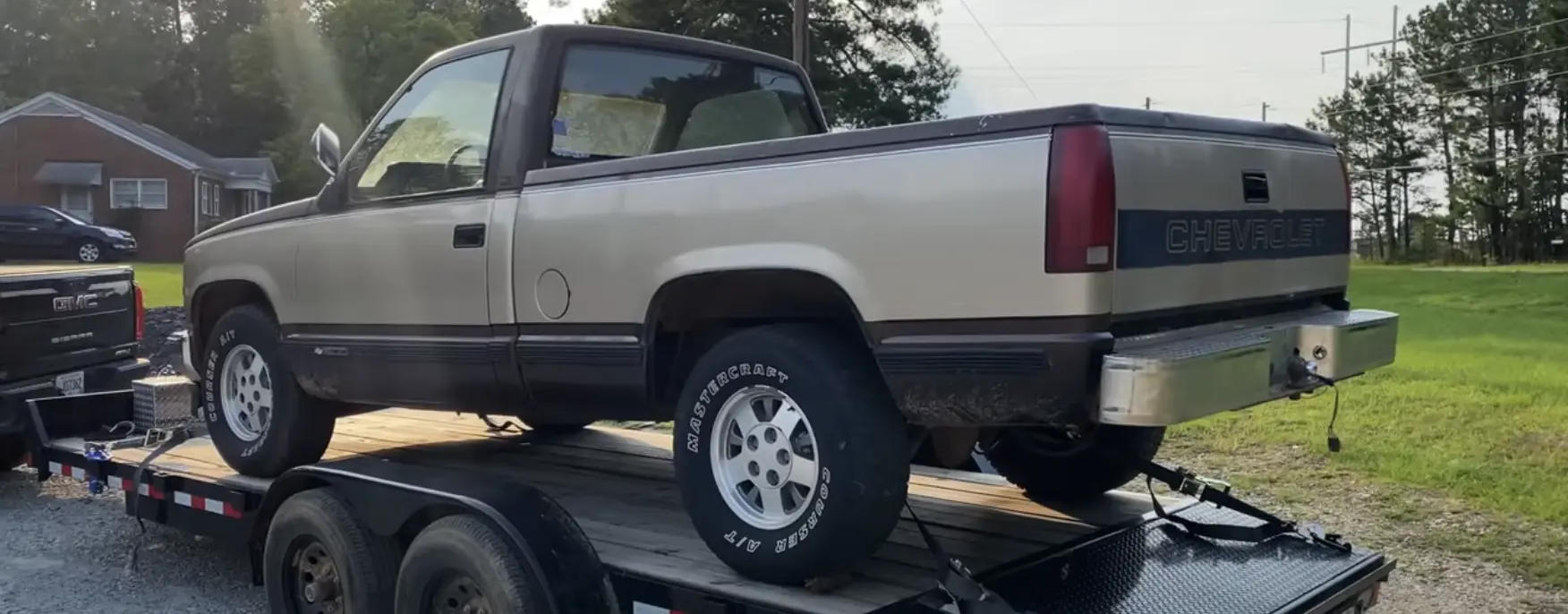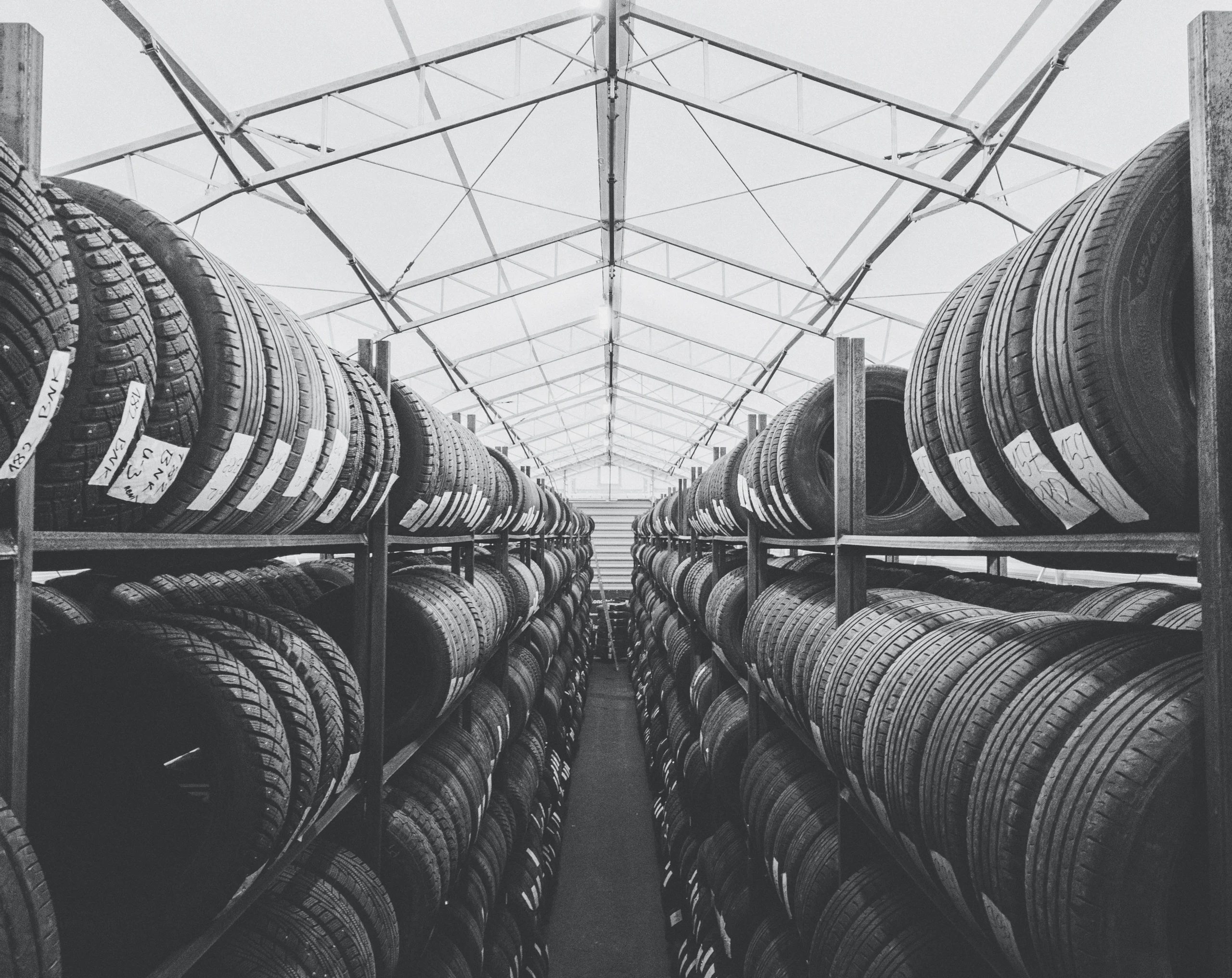A trucker rolling down a highway and talking on a handheld receiver wired into a CB radio is one of the most enduring and iconic images associated with the American road. Movies like Convoy (1978) and Smokey and the Bandit (1977) helped popularize the association between trucking and CBs, but what really captured the wider public’s imagination was the colorful, strange lingo that truckers used when communicating over these devices.
CB (Citizens Band) radio lingo, often termed as “CB slang” or “CB talk”, is a shorthand form of communication that developed naturally over time among CB radio users, primarily truck drivers, and other mobile radio users. The inception of CB radio usage was around the 1940s in the United States, and it gained significant popularity during the 1970s, coinciding with a trucking boom and a surge in popularity of trucker culture, influenced partly by movies and songs, particularly in the country genre, of that era celebrating the trucker lifestyle.
The need for specific terminology or lingo arose out of practical and functional necessities. Truck drivers spent long hours on the road, and CB radio was a vital tool for communication, used to share essential information about road conditions, traffic, weather, and law enforcement activities. Given the CB radio’s open and public nature, having a coded language helped maintain a level of privacy and succinctness in communication.
The lingo allowed for quicker, more efficient communication. With short, standardized phrases, drivers could convey messages and information more swiftly, a critical aspect when relaying real-time road conditions or emergencies.
In addition, CB lingo helped forge a sense of community and shared identity among users, mainly truckers. It became an intrinsic part of the trucker culture, providing a unique language that bound the community together.
Another factor that influenced the development of CB Lingo was the need to discuss potential illicit activity, such as intentionally speeding, over the airwaves. Specific terms allowed drivers to talk about sensitive subjects such as police locations and speed traps without explicitly breaking any communication laws or guidelines. It added a layer of obscurity to the conversation, making it less likely to attract unwanted attention.
CB radios usually had a limited number of channels, making long conversations between multiple users difficult to manage. The coded language helped in managing conversations more efficiently, ensuring that critical information could be communicated promptly.
Just like regional terminology and slang will vary from state to state and city to city, as truck drivers traveled across states and regions, the terminology also evolved, adapting to various geographical, cultural, and situational contexts, making the language rich and dynamic.
Life on the road could be monotonous and lonely. CB lingo, full of imaginative and humorous phrases, added a layer of creativity and entertainment to otherwise mundane conversations, helping to lighten the mood and make the long hours more bearable.
The evolution of CB lingo was organic, influenced by various factors such as regional dialects, popular culture, and the changing landscape of the trucking industry. It served practical purposes but also became a cultural phenomenon, reflecting the life, challenges, and camaraderie of the road, especially within the trucking community.
The CB isn’t as popular today as it used to be. Where once CB radios were ubiquitous in long-haul trucks, today only about 32% of professional truck drivers say they communicate by CB regularly (although only 17% say they’ve never used a CB, so it appears that moderate use is still common). Although you may not hear as many ratchetjaw truck drivers (see below) on the CB today, a small number of amateur enthusiasts have always kept them in their personal vehicles, and that hasn’t changed much over time. Whether to pass the time or receive valuable insight into road conditions ahead—including weather, traffic, and the presence of speed traps—regular drivers enjoy using CBs too, but that requires learning the lingo to some degree.
CB Lingo, like any subset of slang terms (or, for that matter, any language) evolves over time with certain terms falling out of fashion and being replaced by new ones. In addition the usage, context, and implications of a particular term may change or vary based on the regional dialect. With all this in mind, compiling a glossary of CB terms is partly guesswork—the definition of a term here is based on popular usage, but real-world applications of them may vary. Here we’ve gathered some of the most popular and commonly used CB terms—ones we’ve seen and heard in movies and songs about the lives of truckers—and given what we think are the most broadly understood definitions of them. As always, your mileage may vary, but if you switch on a CB next time you’re headed down the open highway, here are some terms you might overhear.
A-J
10-4: Affirmative; message received and understood.
Alligator: A piece of blown tire on the road.
APC (Automatic Power Control): A feature that maintains the CB’s output power level.
Back door: The last vehicle in a line or the rear of a vehicle.
Bear: Police officer.
Bear Cave/Bear Den: Police station.
Bear in the Air: Police helicopter.
Blackball: One headlight out.
Bob Tail: Truck with no trailer.
Breaker: A user asking to interrupt the current conversation.
Bumper Sticker: A car that is tailgaiting or following too close.
CB Rambo: Someone who talks tough on the radio but avoids confrontation in person.
Chicken Coop: Weigh station.
Convoy: A group of trucks traveling together.
Copy: To receive a transmission or message.
Deadhead: Driving with an empty cargo trailer.
Double Nickel: Referring to a speed of 55 mph.
Down and Out: Signing off the radio.
Ears: CB radio antenna.
Eyeball: To see something or someone.
Feed the Bears: Paying a traffic fine.
Four-Wheeler: A passenger car.
Georgia Overdrive: Coasting downhill in neutral to save fuel.
Go-go Juice: Diesel fuel.
Good Buddy: A term to address other CB users, but used less nowadays.
Hammer Down: Accelerating; going fast.
Handle: CB user’s nickname or pseudonym.
In the Ditch: A vehicle that has gone off the road.
Jumper: Short CB antenna.
K-Z
Kicker: An additional amplifier.
Kojak with a Kodak: A police officer with a radar gun.
Local Yokel: Local police.
Modulation: The strength and clarity of a transmitted message.
Negative Contact: No response received.
No Copy: Not receiving a transmission.
On the Side: Standing by or waiting.
Pickle Park: Rest area known for illicit activities.
Pony Express: Mail or package carrier.
QSK: Interrupting a conversation for a call.
Ratchetjaw: An excessively talkative CB radio user; a chatterbox.
Reefer: Refrigerated trailer.
Roller Skate: Small car.
Rooster Cruiser: A big, fancy truck.
Salt Shaker: Snowplow.
Sandbox: Weigh station.
Smokey: Police officer.
Stagecoach: Bus.
Ten-nine: Repeat your last transmission
Throttle Back: Slow down.
Town Clown: City police officer.
Ugly on the Air: Someone who speaks rudely or uses foul language on the radio.
Vanilla Gorilla: White truck.
Walking the Dog: Going fast.
Whip: The antenna of the CB.
Yardstick: Mile marker on the highway.
Zulu: The last vehicle in a convoy.
Remember, the use of these terms can vary regionally and among the communities of users. This glossary provides a broad overview, but local and community-specific terms and phrases may not be included. As with many things in life, especially language learning, the best way to strengthen your own abilities is probably just by going out and trying it. So next time you’re pulled off at a truck stop on a long road trip, see if they carry CB radios. If you pick one up, listen for the terms listed above and try your hand chatting with the pros.





